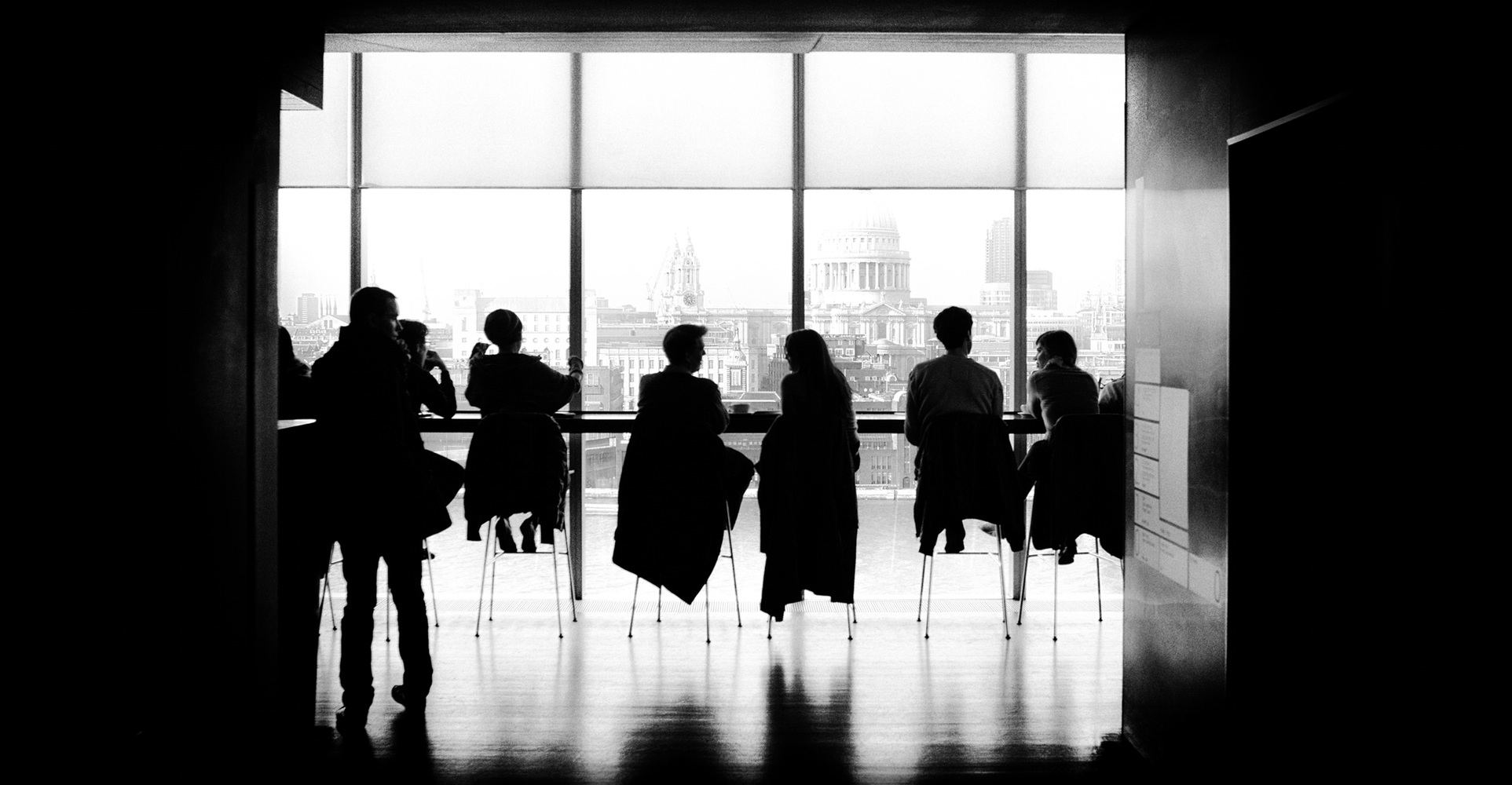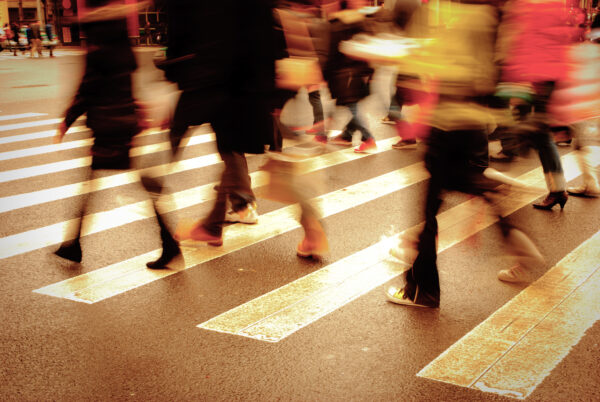I stumbled into graphic design without knowing much about it, although if I had all the facts it would have always been my clear career path:
Creativity +Logic +Business + Client Interaction+Strategy = Perfection
But by the time I was 19, and halfway through college, the term graphic design was barely on my radar, except as a term associated with commercials for community college.
I met with the head professor of graphic design at my university and asked him about a career in design, and he said:
“If you have your own message that you are trying to get across and have a head for marketing yourself, studio art is the place for you. If, on the other hand, you love to solve problems, work with other people and figure out the clearest way to communicate, design is the most logical choice.”
SOLD.
That definition has stuck with me and held true. Although, I had no idea what I was getting myself into at the time. My experience in my college design program was punctuated by intense critiques, hard work, all night studio sessions, and some of the best people I have ever met (both instructors and students). I worked harder than I ever had in my life.
Much to my surprise, when the time came for graduation, my professor asked if I would be the student speaker at our ceremony. Sadly, I had to decline as it fell on the same day as the wedding of one of my closest friends, but I have sometimes thought about what I might have said to my fellow classmates. Now is my chance! And you, internet readers, are my audience.

Design matters because people matter.
When I think about my career and what has impacted me the most, the answer is always the people. It may seem obvious now, but I think this would have shocked my 21-year-old self. As an idealistic designer just out of school, all I wanted to do was become the best designer on earth and change the world.
Five years later, I am certainly proud of the work I’ve produced, and I am always striving to get better, but what has really impacted me are the friends, professors, coworkers, and client relationships I have developed.
Coworkers and Bosses
I have been lucky enough to work with absurdly kind and talented people in all of the positions I’ve held. While these people helped me become a better designer, I mostly remember coworkers/bosses for their kindness, optimism, and humor, especially in times of work crisis. You know the old saying “it’s not what you know, it’s who you know”? I would take it one step further: It’s not who you know, it’s who loves to work with you.
It is easy to dwell on your own problems at work, losing sight of how you can support your team.In any given moment, either other people matter to you or they do not. While it is easy to do, focusing only on our own problems leads to competitiveness, miscommunication, and unsuccessful teams.
Example: If designers don’t care about the goals of the development team, they will make an impossible website!
Alternately: If leaders only care about their own egos rather than the goals of the client or cultivating their team, they will eventually lose their best people.
On the flipside, I’m sure you can pinpoint the people in your job that make life better. They help in times of panic or frustration, offer different perspectives when everyone else is being negative, and, in general, try to improve the world around them. Whenever possible, try to be that person! You may never know how much you are impacting someone, but as someone who has been helped a LOT: people notice when you treat them well.

Clients
In the design world there is sometimes this notion that clients ruin good design. To me this has always seemed like a bit of a paradox, like when teachers jokingly say “teaching would be great if it weren’t for the students.” The client is the one whose problem we are solving together. Without them, our solutions would be meaningless! Like my professor said in that first meeting, design is for people who love to solve problems, work with other people and figure out the clearest way to communicate the solution. Clear communication and successfully working with other people takes patience, but it is the best way to run a project (and also your life… but that’s for another blog post).
When speaking with a client, or to any human, there are always two conversations going on. The first is what we’re saying; websites, sitemaps, strategy, goals, buzzwords. The other is under the surface, and it is either communicating that I like and respect the person I am talking to or that I don’t. And guess what? People pick up both messages! Clients can tell if you don’t like them or easily discredit their ideas, and this will make everyone’s life much harder, and will likely ruin the final outcome of the project.
In my experience, the best work happens when the internal team sees the client as part of their team. If I love my clients, I will do everything in my power to give them the best possible solution! I will put in the extra time to clearly define the goals of a project, learn everything I can about their business, take their edits seriously but push back when necessary, and then produce something awesome. Plus, it makes the process more enjoyable to see clients as people instead of obstacles, because people can be pretty great!
So, I guess my remarks to fellow graduating students would end like this: Design is important, but that is mostly because people are important. Everywhere you go, try to build good relationships and be a positive force for change. I promise it will make for a more rewarding career.

